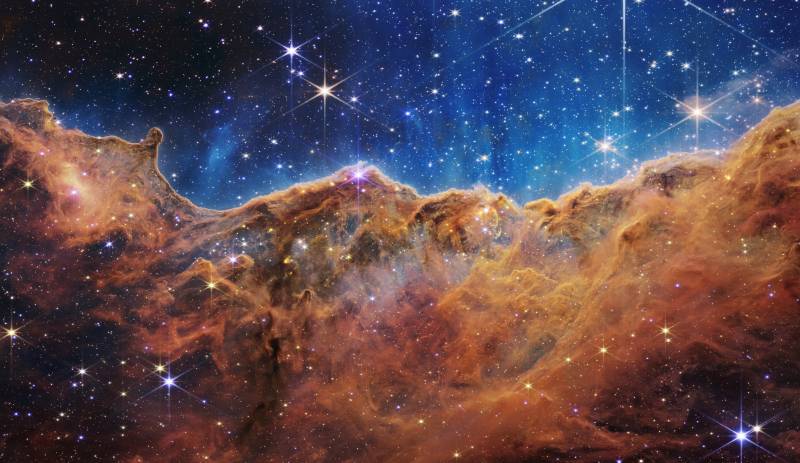“A starfield is speckled across the image. They range from small, faint points of light to larger, closer, brighter and more fully resolved stars with eight-point diffraction spikes. The upper-right portion of the image has wispy, translucent, cloud-like streaks rising from the nebula.”
That’s how a team of scientists, writers and educators described in vivid detail just one of the breathtaking celestial images captured by the James Webb Space Telescope so people with visual impairments could appreciate it, too.
“Space is for everyone. It shouldn’t matter who you are,” said Tim Rhue, an education specialist at the Space Telescope Science Institute.
His team wrote labels for pictures stuffed with distant spinning galaxies, glowing clouds of gas and blazing stars using the alt text feature on social media apps, which is designed to make the internet more accessible.
It allows people who use screen readers to hear a description of an image and helps when images on a website won’t load.



9(MDAxOTAwOTE4MDEyMTkxMDAzNjczZDljZA004))